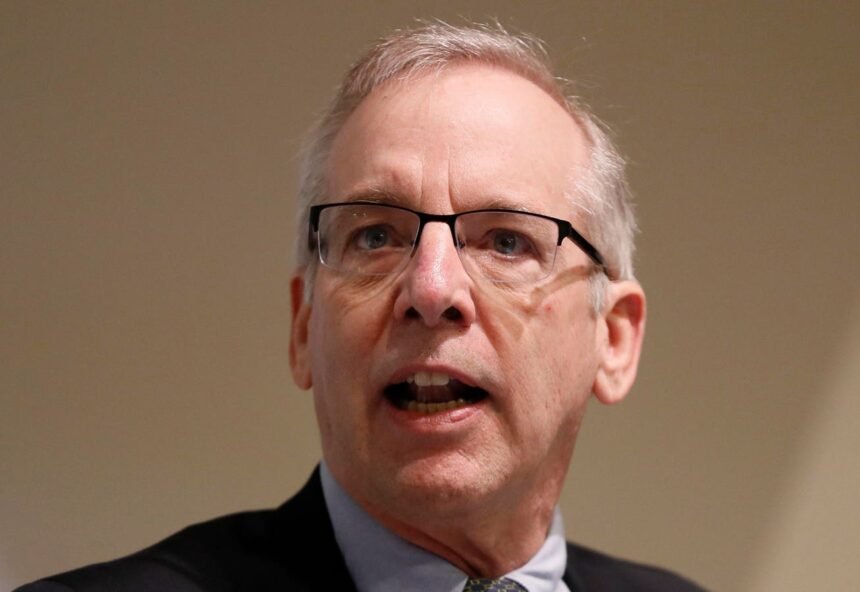Despite concerns about this year’s dollar weakness, because nearly all stablecoins are still denominated in dollars, the growing use of stablecoins could bolster the demand for U.S. Treasury bills and reinforce the dominant reserve currency status of the U.S. dollar.
When Congress passed the Genius Act in July, it established regulatory oversight requirements for stablecoins issued in the United States, which must be fully backed by cash, Treasuries and other types of high-quality liquid assets. Moreover, the legislation ensures that if the stablecoin issuer were to fail, the assets backing the stablecoins would be protected, legally segregated from the issuer’s other assets and liabilities.
By making stablecoins safer, the Genius Act should encourage greater use of stablecoins, not just in the United States, but globally. After all, stablecoins can be used to execute cross-border payments at a fraction of the cost of traditional remittance methods. And dollar-denominated stablecoins may prove attractive to use in countries where inflation is high and the domestic currency is not a stable store of value. Up until recently, stablecoins were used mainly as on- and off-ramps when one wanted to move from fiat currencies (e.g., the U.S. dollar) into crypto assets (e.g., bitcoin) and vice versa. Now stablecoin usage could become an alternative to traditional payment methods.
Dollar-based stablecoins could even displace domestic currency usage in foreign economies. If this happened, this could undermine the ability of central banks to manage economic activity and inflation. It would also would reduce the amount of government seigniorage that could be earned from issuing domestic currency.
Countries are responding to the dollar stablecoin threat in a number of ways. Some are encouraging the development of stablecoins backed by their own domestic currencies. Others hope to implement central bank digital currencies—obligations issued and backed by their central banks. Some European nations are even considering banning the use of USD-based stablecoins that are backed by reserves from multiple jurisdictions.
While the Genius Act makes stablecoins safer, it does not go far enough to make stablecoins equivalent to cash. That’s because the backing of a stablecoin can include non-government assets that can decline in price during times of stress. If that occurred, the stablecoin might no longer be fully-backed and the stablecoin price could slip below its par value. The risk of such an outcome could lead to a flight out of stablecoins and the fire sale of the reserve assets backing the stablecoins that were being redeemed en masse.
A better approach would be to require stablecoins to be fully backed by cash reserves at the Federal Reserve, with the stablecoin issuer earning interest on these deposits from the Fed. Because central bank reserves have no credit, liquidity, interest rate or settlement risk, stablecoins 100% backed in this manner would be viewed as bulletproof. And if redemptions occurred, it would be straightforward for the Fed to debit the reserves and provide the cash.
However, getting agreement about transitioning to such a regime might prove difficult. It would require the Federal Reserve to be more willing to support stablecoin issuance and usage and for stablecoin issuers to get more comfortable with Fed oversight of their stablecoin activities.
Although the new regime established by the Genius Act makes stablecoins safer, it is doubtful that the requirements will prove sufficient to ensure that stablecoins will always trade at par value and, thus, strong enough to forestall runs out of stablecoins during times of financial stress. This could leave us in a dangerous place: an asset viewed as safe during normal times, but not necessarily so during times of financial stress. When there was an adverse financial shock, the consequence could be like old-fashioned bank runs, but this time out of stablecoins into Treasuries, insured bank deposits, and cash. If this occurred, it would be accompanied by a massive liquidation of the reserves backing the stablecoin assets. Such an event would undermine the trust in stablecoins, undercutting its adoption, usage, and potential. That would be a great opportunity lost.





















